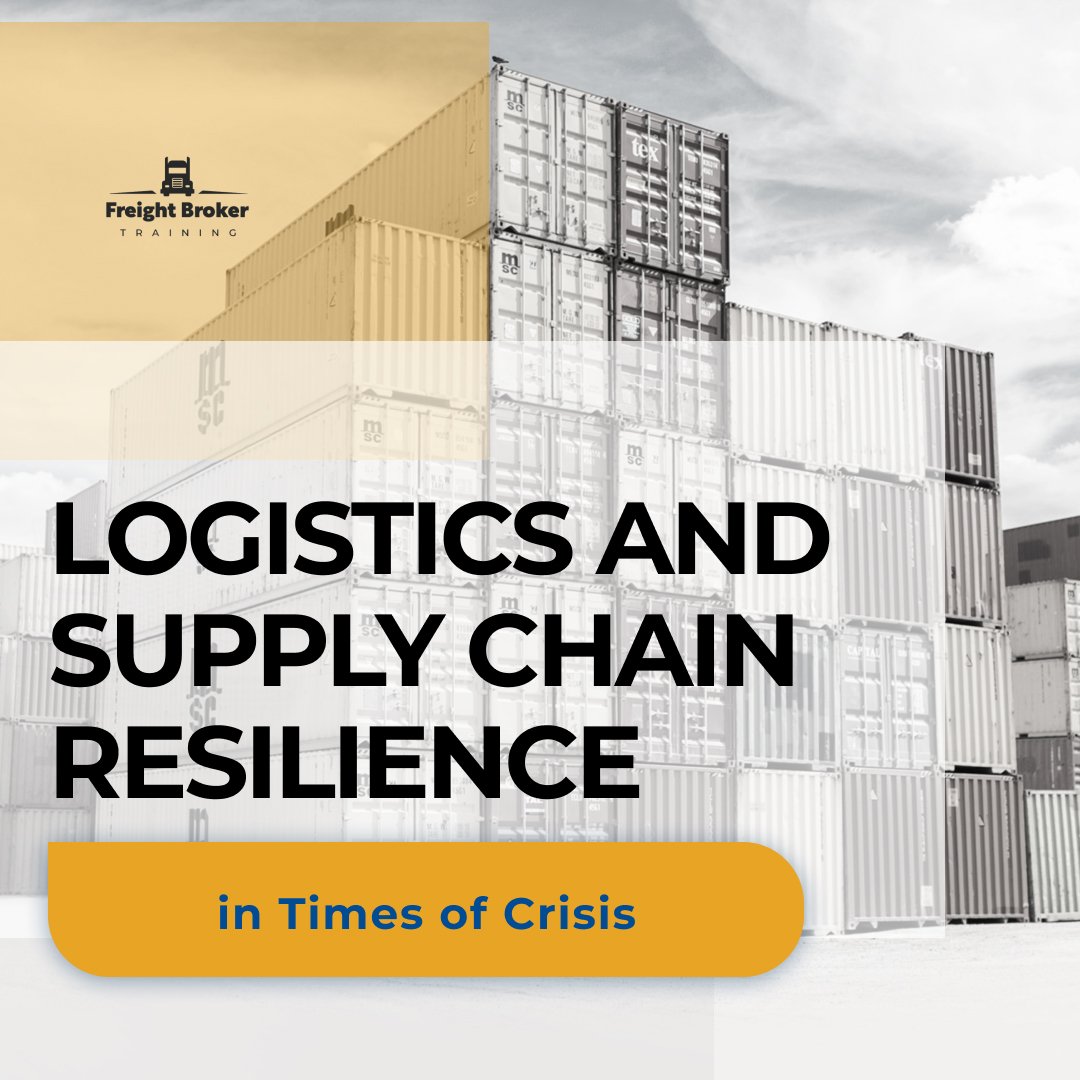In today’s interconnected global economy, logistics and supply chain management play a critical role in the success and sustainability of businesses. However, the past decade has seen an increase in various crises, including natural disasters, economic downturns, and, most notably, the COVID-19 pandemic. These disruptions have highlighted the importance of building resilient supply chains capable of withstanding unexpected shocks. In this text, we will explore the significance of logistics and supply chain resilience in the face of crises and discuss strategies for achieving it.
Understanding Supply Chain Resilience
Supply chain resilience refers to the ability of a supply chain to absorb and adapt to disturbances while continuing to deliver products or services efficiently. A resilient supply chain can quickly recover from disruptions, minimizing negative impacts on operations and customers.
Key Factors for Building Resilience
Diversification of Suppliers: Relying on a single supplier or a limited number of suppliers can make a supply chain vulnerable. Companies should diversify their supplier base, even if it means paying slightly higher costs, to reduce dependency on a single source.
Inventory Management: Maintaining strategic buffer stock levels can help absorb shocks in the supply chain. This requires careful inventory management to strike the right balance between cost and risk.
Digitalization and Data Analytics: Embracing technology is crucial for enhancing supply chain visibility and agility. Advanced analytics can provide real-time insights into supply chain performance, enabling proactive decision-making during crises.
Collaborative Relationships: Building strong relationships with suppliers, customers, and logistics partners fosters collaboration and mutual support during challenging times. Open communication channels are essential for sharing information and finding solutions together.
Risk Assessment and Scenario Planning: Conducting regular risk assessments and scenario planning exercises helps identify vulnerabilities and develop mitigation strategies. This proactive approach enables supply chains to better respond to crises.
Transportation and Route Optimization: Efficient transportation and route optimization can minimize disruptions and reduce costs. Companies should explore alternative transportation methods and routes to maintain supply chain continuity.
Resilient Warehousing: Warehouses should be strategically located and equipped to handle unexpected fluctuations in demand and supply. Automation and robotics can enhance warehouse efficiency and adaptability.
The Role of Sustainability
Sustainability and resilience are closely intertwined. Sustainable practices, such as reducing emissions, conserving resources, and promoting ethical sourcing, not only benefit the environment but also contribute to supply chain resilience. Companies that invest in sustainability are often better prepared to weather crises by reducing their exposure to environmental and regulatory risks.
In an era marked by uncertainty and disruption, logistics and supply chain resilience have become paramount for businesses striving for long-term success. By diversifying suppliers, leveraging technology, nurturing collaborative relationships, and embracing sustainability, companies can build resilient supply chains capable of thriving in the face of crises. Supply chain resilience is not a one-time effort but an ongoing commitment to adapt and improve in response to changing circumstances, ultimately ensuring the sustainable growth of businesses in a volatile world.

